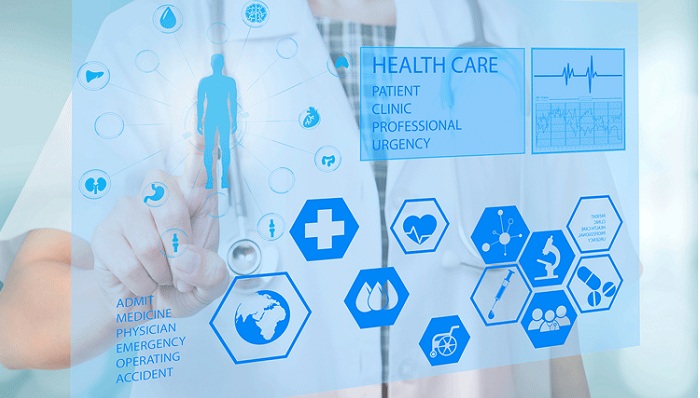Artificial intelligence (AI) has been tapped to revolutionize operations across industries. Researchers are using algorithms to more aptly predict wildfires across the western US. Earlier this year, an AI system identified an existing rheumatoid arthritis medication that could be repurposed to treat COVID-19 patients. In a recent paper, researchers illustrate various ways these technologies could be used to enhance patient care in the hospitals of tomorrow.
“We have the ability to build technologies into the physical spaces where health care is delivered to help cut the rate of fatal errors that occur today due to the sheer volume of patients and the complexity of their care,” said Arnold Milstein, a professor of medicine and director of Stanford’s Clinical Excellence Research Center (CERC) in a Stanford report.
SEE: TechRepublic Premium editorial calendar: IT policies, checklists, toolkits, and research for download (TechRepublic Premium)
AI systems, infrared sensors, and more
Earlier this month, Stanford’s Engineering school published an article analyzing the potential applications of “ambient intelligence” across hospitals to decrease potentially fatal medical accidents. The article focuses on a paper recently published in Nature co-authored by Milstein.
In one such scenario, hospital rooms could be equipped with AI systems and sensors to monitor proper hygiene measures. Other AI tools could be implemented to predict potential medical emergencies based on behavioral signs in patients. Combined, these solutions could help reduce pressure on hospital staff.
“We are in a foot race with the complexity of bedside care,” Milstein said in the report. “By one recent count, clinicians in a hospital’s neonatal intensive care unit took 600 bedside actions, per patient, per day. Without technology assistance, perfect execution of this volume of complex actions is well beyond what is reasonable to expect of even the most conscientious clinical teams.”
Imaging technology and timing: A tipping point for applications
In the article, graduate student and co-author of the paper, Albert Haque, says that the ability to implement these AI-enhanced systems is now possible due to the increased sophistication of machine learning models and the decreased cost of infrared sensors used in these monitoring systems. These infrared depth sensors are used to create in-essence “a light-based form of radar that maps the 3D outlines of a person or object.” In a hospital room, this 3D map could then be applied for myriad solutions.
In a Stanford experiment, infrared depth sensors were situated outside of individual rooms to monitor adherence to hand-washing protocols. If the system did not detect proper hand-washing before entering the room, an alert would be sent via a tablet positioned near the door, per the report. Currently, these systems are being tested to see if this approach decreases nosocomial infections in ICU patients, the report said.
In another infrared application, a passive detection system could leverage thermal sensors positioned above hospital beds. Then, the “governing AI” would be able to “detect twitching or writhing beneath the sheets, and alert clinical team members to impending health crises without constantly going from room to room.”
Monitoring systems and privacy issues
During the coronavirus pandemic, AI, thermal imaging, IoT sensors, and more have been used to mitigate the spread of COVID-19. The increased use of such systems comes with a slew of privacy concerns. The researchers have avoided using HD video sensing techniques “as capturing video imagery could unnecessarily intrude on the privacy of cliniciansatients,” according to the report.


















